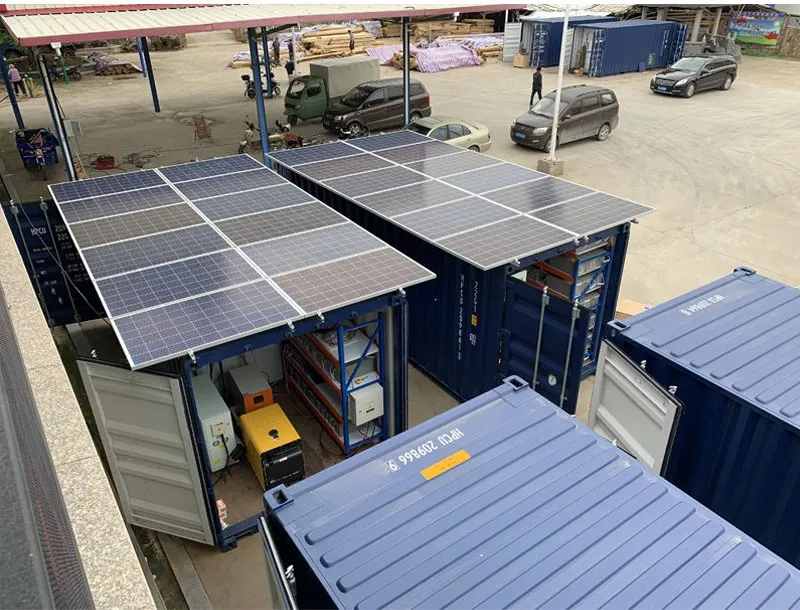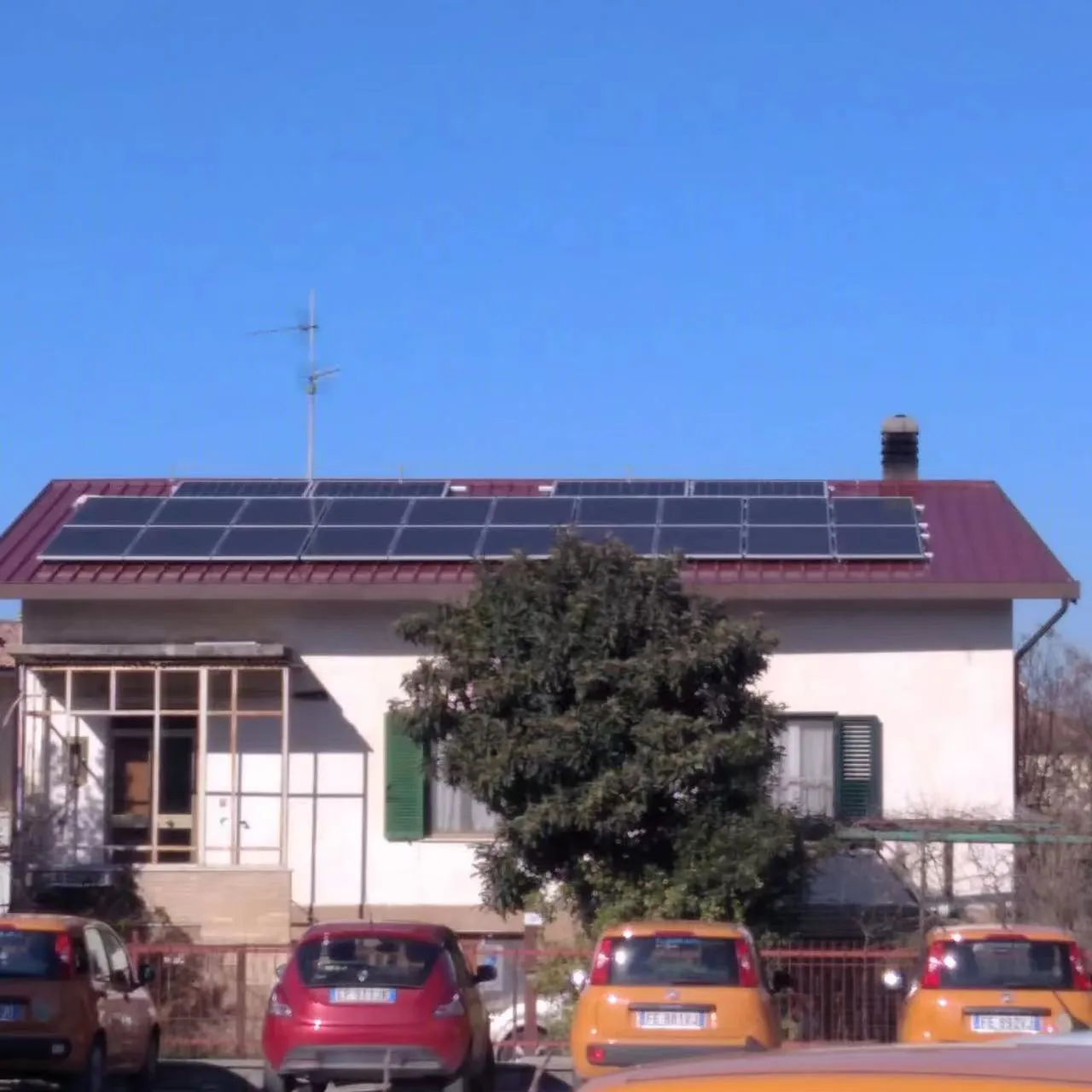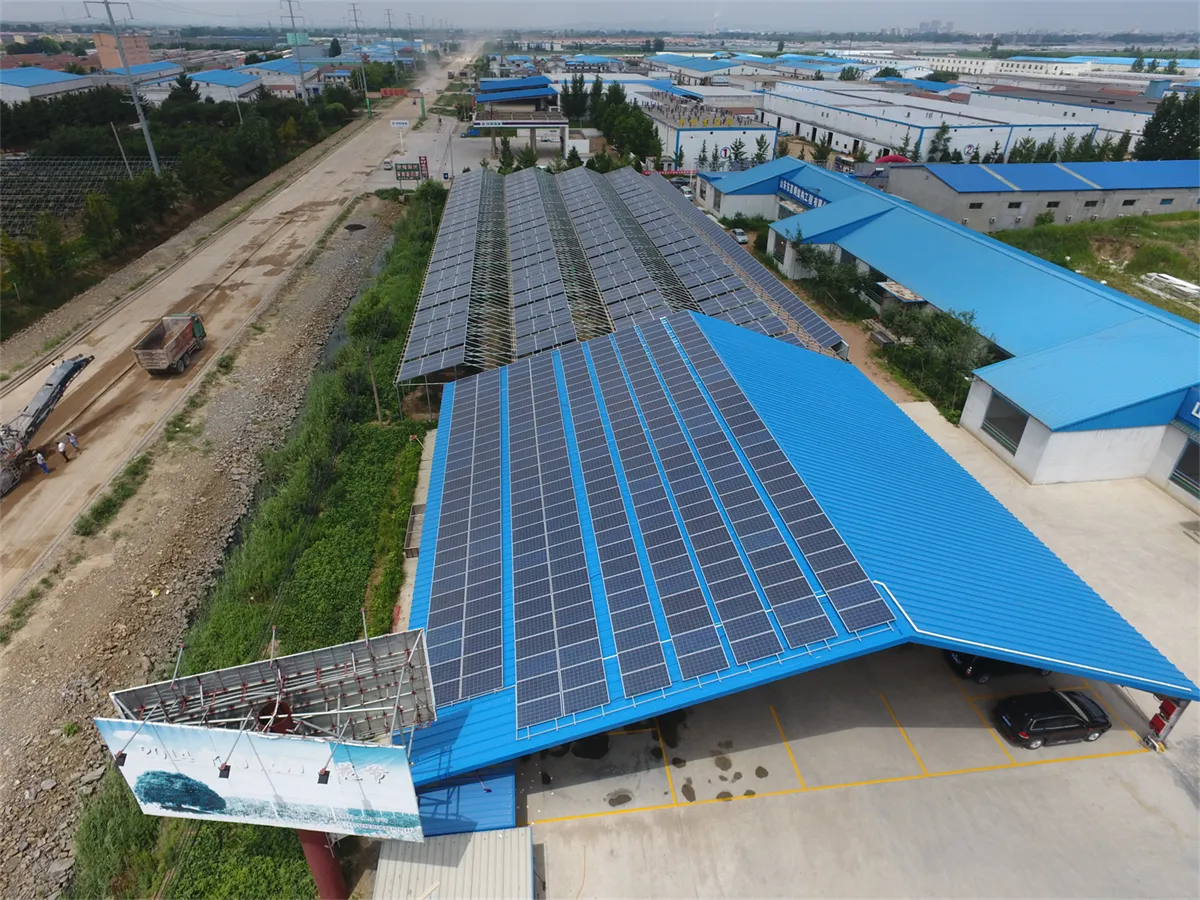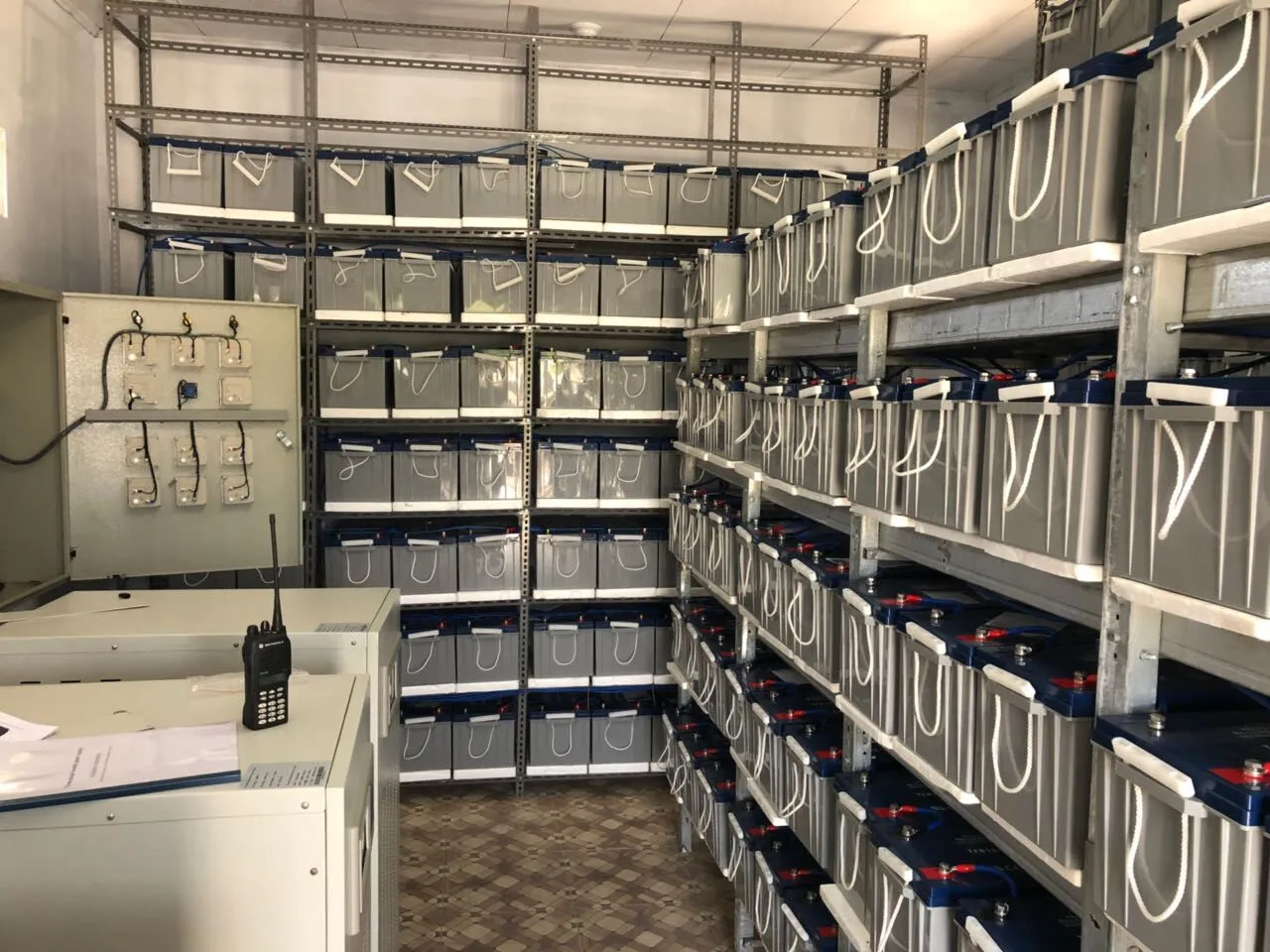
Wholesale Procurement of Solar Panels: How to Get the Best Price?

The solar revolution isn't coming – it's already here. As energy costs skyrocket and sustainability becomes non-negotiable, solar panels have transformed from niche tech to mainstream necessity. But here's the untold secret: the real money isn't in installation or manufacturing. It's in the art of wholesale procurement.
Imagine locking in pallets of premium panels at 30-50% below retail, then supplying contractors hungry for inventory. That's the wholesale advantage. But this isn't some get-rich-quick scheme. It takes strategy, relationships, and a ruthless focus on numbers. In this guide, you'll learn:
- How to calculate your Maximum Allowable Offer (MAO) like a pro
- Where to find distressed suppliers and motivated manufacturers
- Relationship-building techniques that unlock factory-direct pricing
- The exact contracts and clauses that protect your profits
- How to build a buyer list that moves inventory before you pay for it
Whether you're a contractor looking to slash costs or an entrepreneur entering the $200B solar industry, this guide flips the switch on wholesale mastery.
The Wholesale Mindset: More Than Just Discounts
Wholesaling solar isn't coupon clipping. It's strategic arbitrage. You're connecting surplus supply with unmet demand while handling none of the heavy lifting.
"The best wholesalers aren't salespeople – they're translators. They understand the language of manufacturers and speak the dialect of installers."
Unlike retail, where you compete on branding, wholesaling operates on four pillars:
- Volume Velocity: Buying large quantities to secure discounts, then moving them fast.
- Relationship Arbitrage: Leveraging connections manufacturers can't access.
- Problem Solving: Taking logistical/ financial hassles off suppliers' plates.
- Market Insight: Spotting inventory gaps before competitors do.

Finding Your Golden Market: Where to Focus
Not all solar markets are created equal. To maximize returns:
Markets with expiring tax credits (like the 30% federal ITC) see contractor frenzies. Time your entry 90 days before deadlines.
During the 2021 poly-silicon shortage, installers paid 40% premiums for Tier-1 panels. Monitor industry reports like BloombergNEF.
Rural contractors often lack warehouse space. Become their just-in-time supplier.
"I started by serving Montana ranchers – solar installers refused to drive there. My 'inconvenience premium' became 25% margins." – Sarah J., 3-year wholesaler

Manufacturer Math: Calculating Your Winning Bid
This is where most beginners implode. They either overpay or make insultingly low offers. The solution? The MAO (Maximum Allowable Offer) formula:
Contractor's Target Price = (Panel Cost + Installation + Profit Margin)
Your MAO = Contractor's Price - Your Minimum Profit
Breakdown example:
- 400W Mono Panel Market Price: $200/unit
- Contractor Target Cost: $160/unit (20% discount sought)
- Your Minimum Profit: $15/unit
- MAO: $160 - $15 = $145/unit
Bid at 75% of MAO ($109) initially. If they counter at $130, you still make $30/unit after your minimum.
Pro Tip: Always factor in panel degradation. New panels lose 2-3% efficiency in year one. Negotiate harder on aging inventory.

The Panel Procurement Playbook: Step-by-Step Sourcing
The china solar panel manufacturer route requires MOQs (Minimum Order Quantities) of 500+ panels. Use Alibaba Trade Assurance for payment protection.
Bankrupt solar companies liquidate pallets at 30-60% discounts. Monitor auctions on sites like Liquidity Services.
Large distributors like CED Greentech offload slow-moving models quarterly. Build relationships with warehouse managers.
Contractors stuck with 72-cell panels need 60-cell. Become the matchmaker taking 10% per trade.
Contract Hacks: Protecting Your Profits
Paperwork is your armor. Must-have clauses:
Inspection Window: "Buyer has 7 business days to inspect panels for defects"
Shipping Flexibility: "Seller may substitute carriers based on availability"
Force Majeure Protections: Cover port delays & supply chain disruptions
Always use escrow services for transactions over $10K. The 1% fee is cheaper than fraud losses.
Building Your Buyers List: The $0 Marketing Method
Your inventory is worthless without ready buyers. Build your list first:
EnergySage, SolarReviews, and even Yelp provide contractor contact info.
RE+ events have "buyer lounges" where contractors post needs.
Search "Solar Project Manager" + "Hiring" to find overwhelmed teams needing supply.
Offer your first 3 buyers exclusive early access to deals in exchange for testimonials.
Essential Toolkit: The Wholesaler's Tech Stack
Efficiency is your profit lever:
- Solar Analytics: PVsell for system design simulations
- Inventory Alerts: Panjiva for customs shipment tracking
- Contract Management: HelloSign for digital agreements
- Margin Calculators: SolarWholesale's Profit Analyzer
Real Deal Walkthrough: From $0 to $11k Profit
Case Study: Minnesota Winter Rush
- Situation: Tax credit expiration + installer inventory shortage
- Sourcing: Found 800 Canadian Solar panels in Chicago distributor overstock (18 months old)
- MAO Calculation: Market $210/panel → Contractor target $170 → Profit target $22/panel → Max offer $148
- Actual Purchase: Negotiated to $136/panel with 60-day payment terms
- Buyer Flip: Sold entire lot within 14 days at $167/panel to 4 installers
- Profit: ($167 - $136) x 800 = $24,800 gross → $11,200 net after freight/logistics
Key insight: Aged inventory requires steeper discounts but moves fast during shortages.
The Road Ahead: Wholesale in the Solar Boom
The solar wholesale space is projected to grow 24% annually through 2030. With increased electrification and storage demand, panel arbitrage will only become more profitable. But it requires evolving with the market:
- Prepare for tariff shifts by diversifying country suppliers
- Build relationships with microinverter/power optimizer manufacturers
- Learn battery storage specs for bundled deals
In wholesale, knowledge isn't power – it's profit. Apply these strategies and you're not just buying panels. You're buying freedom.
Tags:
Recommend Products











